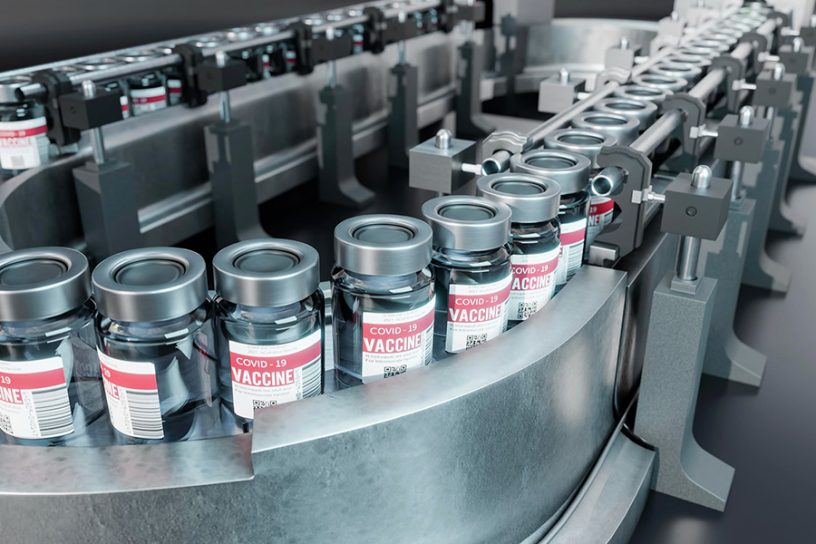
The findings of the study are expected to aid the decision-makers in evaluating the relative criticality and the interrelationship between the potential and critical barriers to supply chain resiliency, and in turn to develop strategic plans.
Authors
Anirban Ganguly, Professor, Jindal Global Business School, O.P. Jindal Global University, Sonipat, Haryana, India.
John V. Farr, Department of Systems Engineering, United States Military Academy, West Point, NY, United States.
Summary
The COVID-19 global pandemic, over the last year and a half, has managed to create massive disruptions in global supply chains and exposed their vulnerabilities, thereby reemphasizing the importance of resiliency. The current study aims to identify and prioritize, through the quantitative decision-making technique of Interpretive Structural Modelling (ISM), a set of barriers to resiliency for the pharmaceutical supply chain in India.
The rationale behind choosing the Indian pharmaceutical supply chain was that the pharmaceutical sector in India supplies over half of the global demand for vaccines and generic drugs, and the trajectory of growth is indicated around US$100 billion by the year 2025, along with exporting pharmaceutical products to nearly 200 destination countries.
The findings of the current study are expected to aid the decision-makers in evaluating the relative criticality and the interrelationship between the potential (and critical) barriers to supply chain resiliency, and in turn to develop strategic plans. This, in turn, can help to combat unforeseen supply chain disruptors such as COVID-19. This methodology and the findings of the study can be generalized for other supply chains.
Published in: Business Perspectives and Research
To read the full article, please click here.


